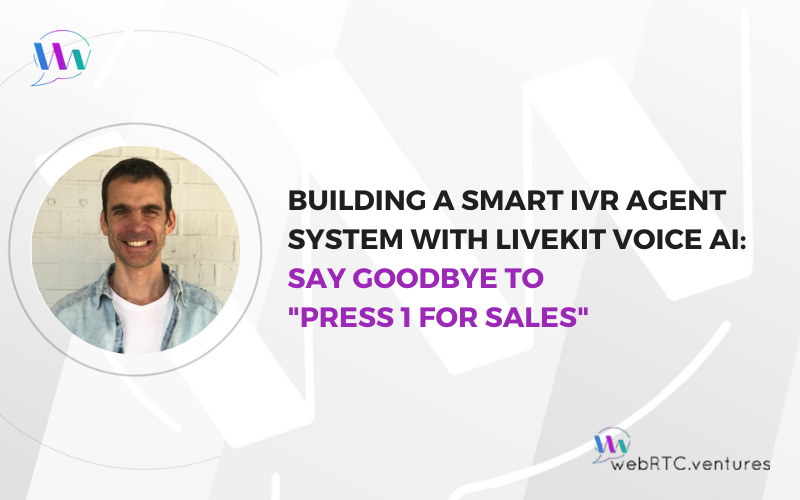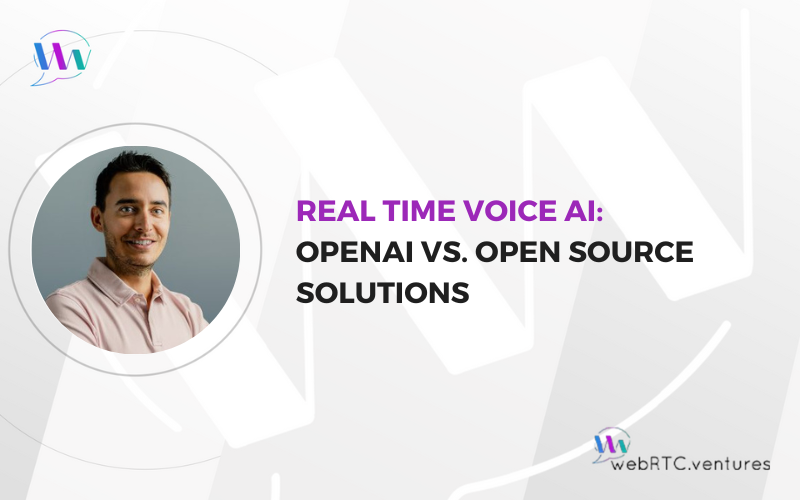
The era of clunky, keypad-driven legacy IVR customer service systems that have long frustrated users is finally over. The future of Interactive Voice Response is truly conversational, and it’s ready for prime time. That’s why Deepgram’s State of Voice AI 2025 report says 84% of business leaders

OpenAI has introduced a new feature to its Realtime API: a WebRTC endpoint that enables real-time interaction with AI models. This exciting development opens up new possibilities for application builders and users alike, who can now enjoy seamless, instantaneous conversations with AI-powered systems. In this post, we

For developers building real-time voice applications like our team does at WebRTC.ventures, 2024 has been an exciting year. OpenAI’s Realtime Audio API and open-source alternatives offer new and distinct approaches to integrating live voice capabilities. As WebRTC and real-time AI converge, the right choice depends on your

OpenAI’s new Realtime API represents a significant advancement in AI-powered communication, enabling speech-to-speech conversations with near-instantaneous processing time. The API delivers natural voice interactions through six distinct voice presets, integrating seamlessly with real-time applications. A few months ago, we showed you how to build an AI-powered WebRTC






